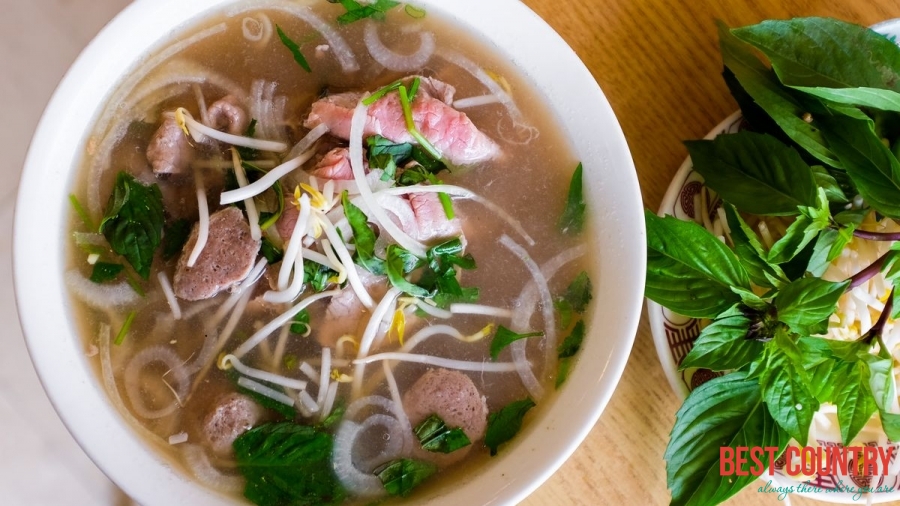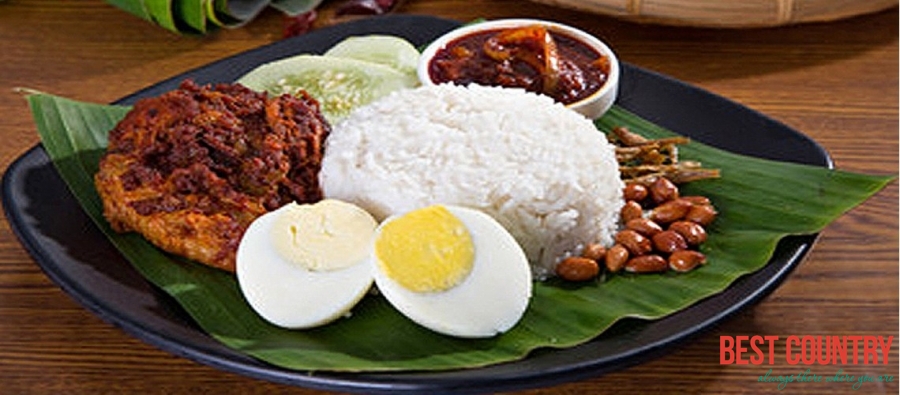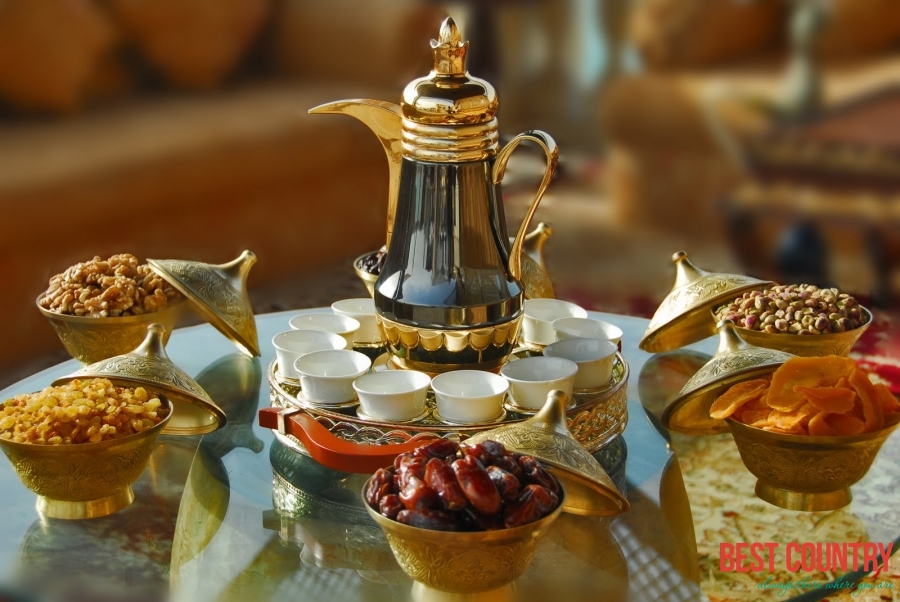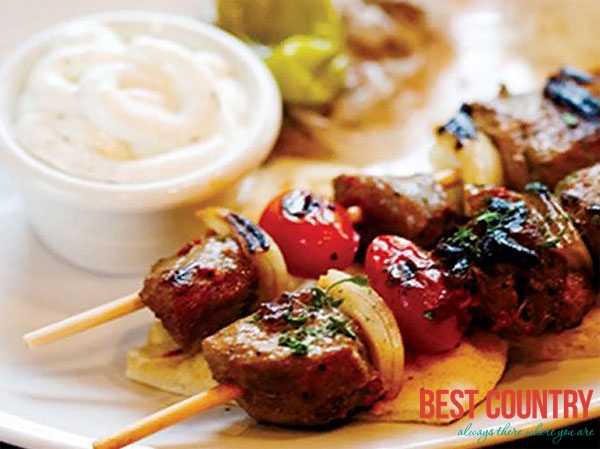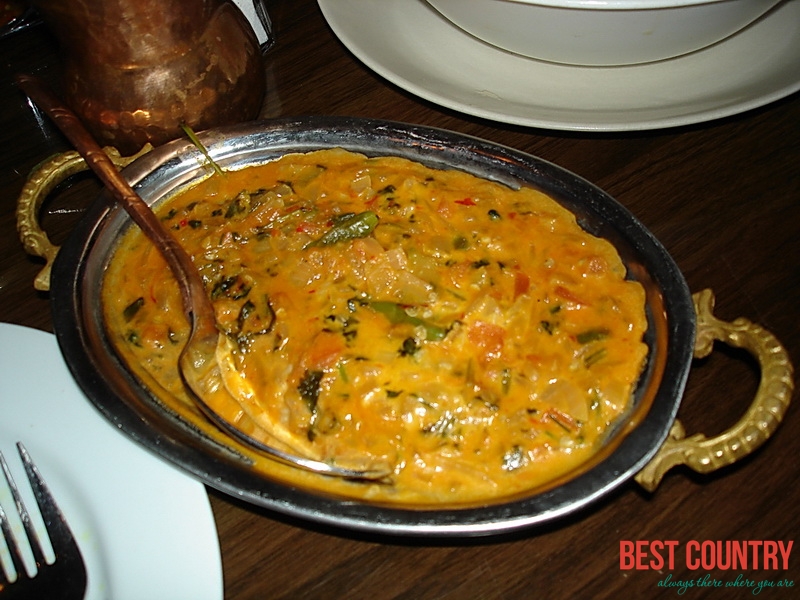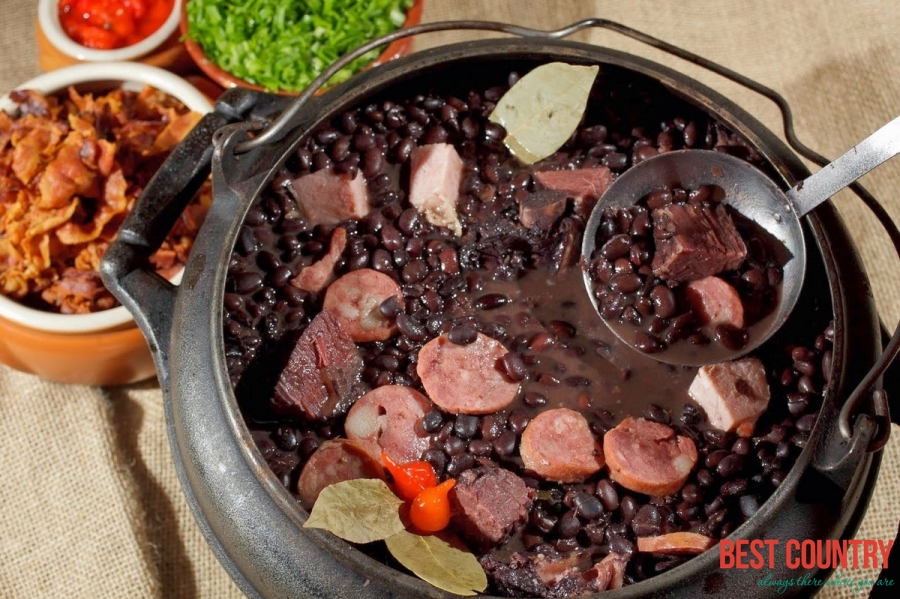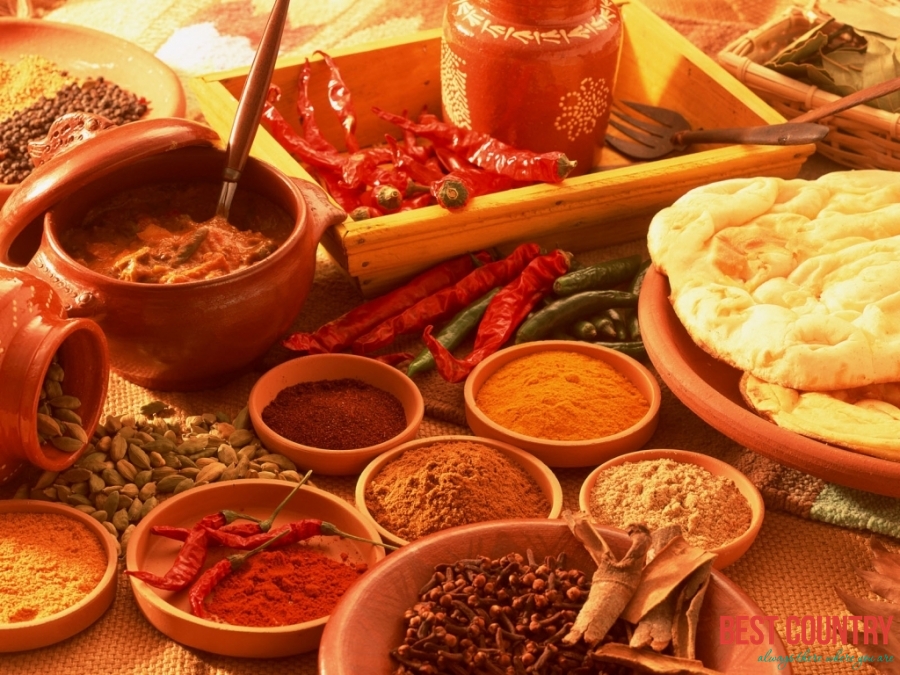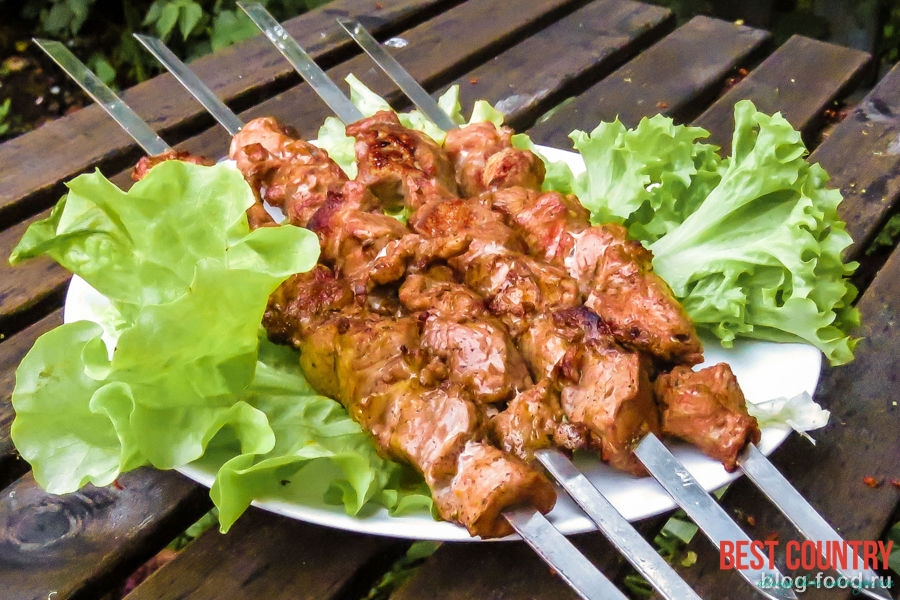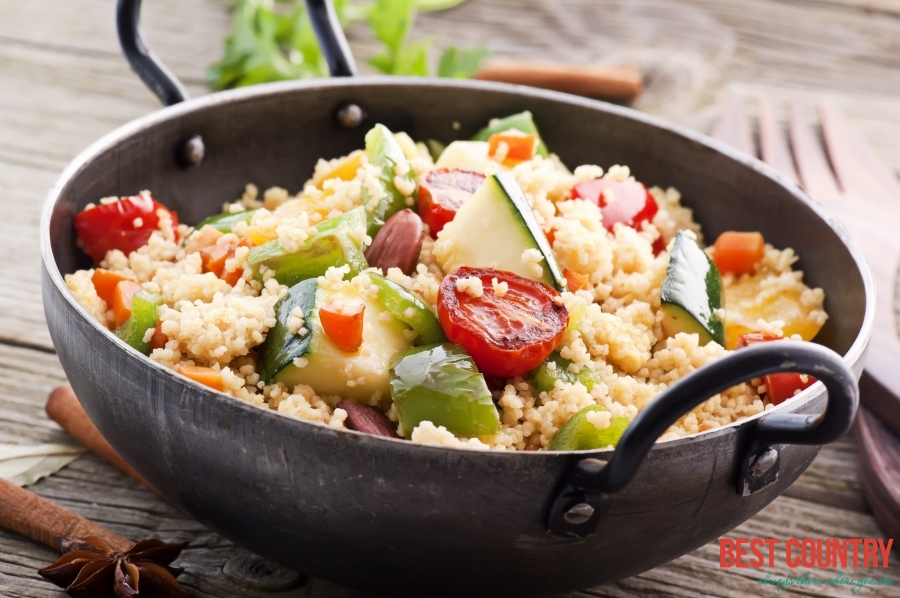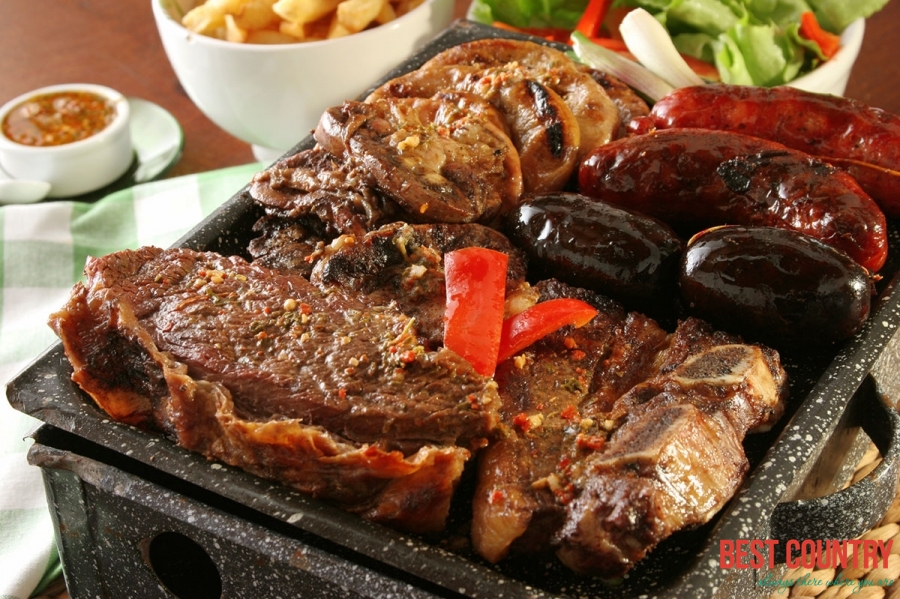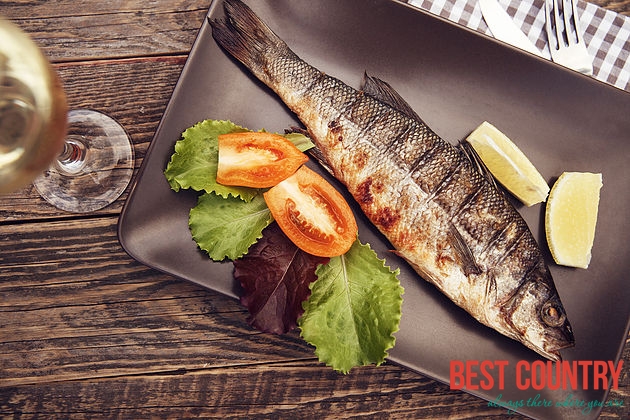International cuisine in different countries
Vietnamese Food
In the past few years Vietnamese food has become more and more popular around the world. Food lovers may have tried the two best known Vietnamese dishes – spring rolls and bread rolls. Rice, noodles, fresh vegetable and herbs all play big roles in Vietnamese food, making it one of the healthiest cuisines in the world.
Bolivian cuisine
Bolivian cuisine stems mainly from the combination of Spanish cuisine with traditional Indigenous Aymara ingredients, with later influences from Argentinians, Germans, Italians, Basques, Russians, Poles, and Arabs due to the arrival of immigrants from those countries. The three traditional staples of Bolivian cuisine are corn, potatoes, and beans. These ingredients have been combined with a number of staples brought by the Spanish, such as rice, wheat, and meat, including beef, pork, and chicken.
Food in Brunei
Bruneian cuisine is very similar to and influenced by its neighbouring countries including Malaysia, Indonesia, and Thailand.
Cuisine of Bahrain
The culinary history of Bahrain spreads over a wider time span from the far off Dilmun era to the present days. In between, it has also adopted both eastern and western eating habits to perfection making cuisine of Bahrain a medley of flavors.
Food in Afghanistan
Afghan food is tasteful fusion of the regions that neighbor Afghanistan. Major ethnic groups are Pashtuns, Tajiks and Uzbeks. Modern Afghan cuisine is the blending of the cooking methods of the cooking methods of the three. Influence of India is obvious in the use of spices like saffron, coriander, cardamom and black pepper. The Afghans prefer cuisine which is neither too spicy nor hot.
Bhutanese cuisine
Bhutanese food is rice, generally a local red rice, served with either a little dried meat cooked with very hot chilies or red capsicum onum or a sauce made from chilies and local cheese. Bhutan food is generally know for it's simplicity but in reality it really is quite a specialty to marry the flavours and the spices... not to mention the effort involved in getting and maintaining the ingredients.
Brazilian Cuisine
Brazil is a very large country and its people come from many different backgrounds. There are different regions and each one has different food favorites. In 1500, the Portuguese came to the country and brought their cooking styles and favorite foods with them. In addition, the Portuguese brought sweets for desserts, sugar and citrus fruits.
Bangladeshi Food
Eating in Bangladesh is an exciting and rich experience. Food in Bangladesh has many different styles with thousands of great restaurants in all the major cities and towns of Bangladesh.
Armenian Cuisine
The glory of Armenian cuisine extends far beyond the country's borders. There is not a place on the post-Soviet territory (and even farther) where people do not know or love and cultivate Armenian cuisine.
Food in Algeria
Traditional Algerian food shows the historic influences of Berber, Arab, Turkish, and French tastes. It can be mild or very spicy and many flavoring are used. Algiers and popular coastal towns have a fair selection of good restaurants, serving mainly French and Italian-style food, though even classic dishes will have an unmistakable Algerian quality. Fish dishes are exceptionally good.
Australian Foods
The foods of Australia carry a strong influence from people around the world. The potato famine of Ireland in the 1840's that caused many starving Irish to move to Australia. Many others traveled to the country a few years after that to enjoy their piece of the "gold rush" that occurred.
Argentine Cuisine
Before European explorers ever set foot in Argentina, it was occupied by Native Indians. Settlers from Spain didn't arrive until 1536 and it wasn't until 1880 and 1890 that the immigration population boomed to nearly one million. Most of the immigrants came from Italy and Spain, which might explain the introduction of foods such as pizza and pasta. Immigrants of British, German and Jewish descent also brought their cooking styles and family favorites along with them. For instance, the British brought tea with them and so began the "tea time" tradition.
Cuisines of Gibralter
The variety of styles and flavors coming from different regions and cuisines is impressive in Gibraltar, just considering the fish meals include a wide range of distinctive dishes.
England Food
England is becoming one of the most gastronomically significant places in the world. Michelin-starred restaurants, many using good local and seasonal ingredients, are springing up not only in the capital, but across the country; from gastropubs in Yorkshire to fish restaurants in Cornwall. Of course, for every locally sourced partridge dish there is a plate of over-boiled vegetables and bland meat. However, with a little research, you can eat very well indeed.
